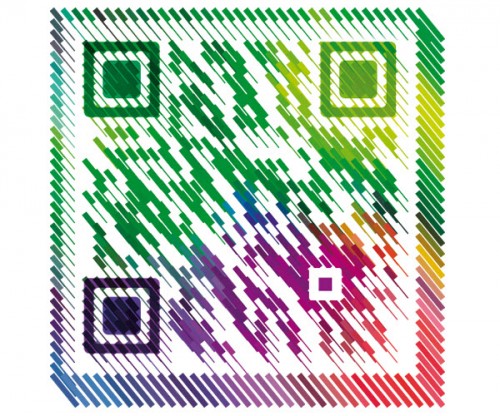In mobile design, failure is inevitable, says Path’s Dave Morin
Tag: mobile
Flash for Android no more, or is it?
Adobe has finally seen the same light Steve Jobs did in 2010 and is now committed to putting mobile Flash player in the history books as soon as possible. Adobe will not develop and test Flash player for Android 4.1 and will now focus on a PC browsing and apps.
But we’ve heard quite a few announcements from Adobe and Google in regards to Flash in the last few month. I don’t know about you, but I am practically lost in the controversy. Between Adobe releasing the last version of Flash for Linux, Adobe releasing a sandbox version of Flash for Google Chrome and Mozilla Firefox, and Google releasing Google Chrome for Android, I have no clue anymore.
The best I can make of it is that Adobe doesn’t want to support mobile or Linux anymore. But Google takes over with its own Flash support integrated into the Google Chrome browser, which Google supports on all desktop platforms, as well as on iOS and Android devices. So even without the Adobe we should still be able to access Flash games, porn, and navigation menus.
What do you think? Are we about to lose Flash, and if we are, what’s the alternative?
P.S.: As much as I love the idea of HTML5, I don’t think it’s just there yet.
Beautiful QR codes
Habrahabr.ru runs an excellent post (in Russian, but with lots of pictures), showcasing some really cool designer QR codes. I’ve tried scanning them with my Android mobile and not all of them worked, but quite a few did. Like this one, for example.
Touchscreen with morphing out buttons
Slashdot reports that the future is here, ladies and gentlemen:
Wouldn’t it be awesome if our tablets and smartphones could have buttons that morphed out of the touchscreen, and then went away again when we didn’t need them? It sounds like magic, but now it is reality. Created by Tactus Technology, a Fremont, California-based start-up, Tactus is a deformable layer that sits on top of a touchscreen sensor and display. ‘The layer is about 0.75mm to 1mm thick, and at its top sits a deformable, clear layer 200 nm thick. Beneath the clear layer a fluid travels through micro-channels and is pushed up through tiny holes, deforming the clear layer to create buttons or shapes. The buttons or patterns remain for however long they are needed, just for a few seconds or for hours when you’re using your iPad to write that novel. And because the fluid is trapped inside the buttons, they can remain for however long without additional power consumption. They come or go pretty quickly, taking only a second to form or disappear.
These might not look or feel the greatest right now, but we all know how quickly technology develops, once the prototype is available. Brilliant direction, I think.
Responsive typography
I’ve recently made yet another attempt to do so some web design myself. Of course that ended up being a total fiasco, like every single time before that. But as every single time before that, I’ve learned something new. This time, my focus was around typography. The current trend towards a gadzillion web fonts is probably one of the biggest changes in web design that I see. Google Web Fonts alone is a resource one could spend countless hours at.
And just as I’ve wrapped up and threw away my web design attempt, I came across an article on responsive typography. And the very first paragraph of it confirmed what I have realized myself.
With the chaos of different screen sizes and a new generation of web browsers, the design paradigms of layout and typography have shifted away from static layouts and system fonts to dynamic layouts and custom web fonts. Now, screens are changing not just in size, but also in pixel density. In other words: we do not just need responsive layouts, we also need responsive typefaces.
Unlike me though, the authors seems to have a pretty good idea of what they are talking about.
